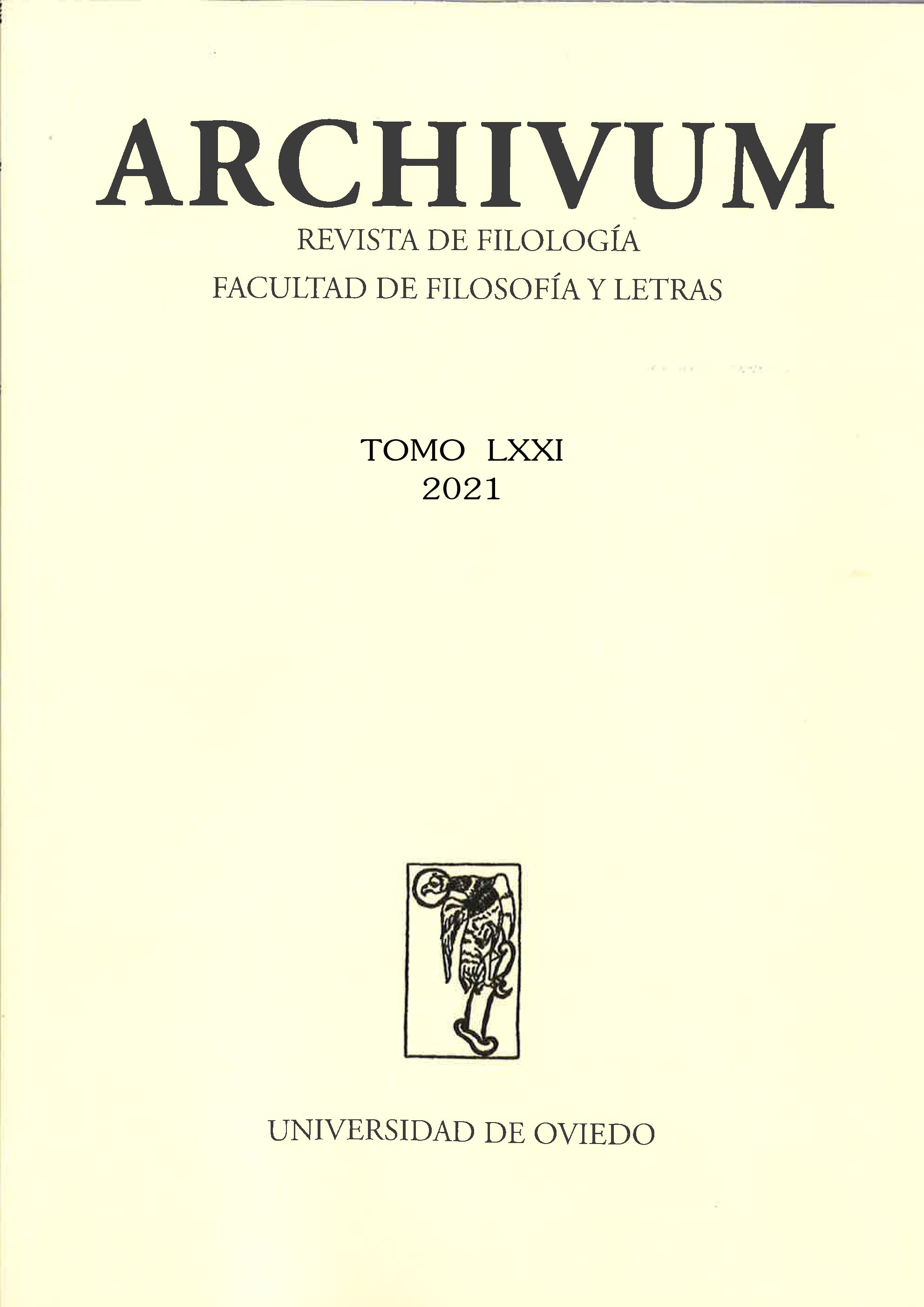Abstract
The idea of camp, developed by the American philosopher Susan Sontag in the second half of the 20th century, has traditionally been associated with queer, kitsch or extravagant aesthetics. However, the German author Joachim Lottmann makes use of this taste for affectation and exaggeration to construct a crude denunciation linked to current affairs thanks to the application of the different premises that the American author gathered in her essay Notes on Camp: glorification of the character, irony, naivety, the capacity to provoke attraction and repulsion at the same time, as well as developing a discourse capable of being serious in the face of the frivolous or attacking seriousness from frivolity. The combination of these traits manages to make Lottmann’s narrative a complete and complex denunciation of current society, making the novels Der Geldkomplex (2009) and Endlich Kokain (2014) his two greatest exponents: the growing aporophobia in 21st century Germany, the capitalisation of the art world and the dictates of appearances are the cross-cutting themes of two novels in which the camp deploys its means to achieve a plausible denunciation that is committed to its context.
References
Alberca, M. (2007): El pacto ambiguo. De la novela autobiográfica a la autoficción. Madrid: Editorial Biblioteca Nueva.
Baßler, M. (2009): “Der Freund. Zur Poetik und Semiotik des Dandysmus am Beginn des 21. Jahrhunderts”. En: Tacke, A. / Weyand, Björn (eds.): Depressive Dandys: Spielformen der Dekadenz in der Pop-Moderne. Colonia: Böhlau-Verlag GmbH, pp. 199-217.
Bauer, G. (2018): “‘The odd and gory things in life’. Roy Raz’ Music Videos and Camp Aesthetics”. En: Hotz-Davies et al. (eds.): The Dark Side of Camp. Aesthetics Queer Economies of Dirt, Dust and Patina. New York: Taylor & Francis, pp. 41-55
Ben Yedder, A. (2018): “Stepping out from the long shadow of the economic crisis”, research*eu, 75, agosto- septiembre 2018, recuperado de: https://cordis.europa.eu/article/id/401047-a-decade-since-disaster-lessons-from-the-economic-crisis/de (Última consulta: 19 de marzo de 2021).
González Álvarez, J. M. (2015): “Presentación”, Pasavento. Revista de estudios hispánicos, III (1), pp. 9-14.
Horn, K. (2017): Women, Camp, and Popular Culture. Serious Excess. Switzerland: MacMillan.
Hotz-Davies, I (2018): “The Jewel in the Gutter. Camp and the Incorporation of Dirt” En: Hotz-Davies et al. (eds.): The Dark Side of Camp. Aesthetics Queer Economies of Dirt, Dust and Patina. New York: Taylor & Francis, pp. 15-25.
Isherwood, C. (1954): The World in the Evening. London: Methuen.
Kreknin, I. (2014): Poetiken des Selbst. Identität, Autorschaft und Autofiktion am Beispiel von Rainald Goetz, Joachim Lottmann und Alban Nikolai Herbst. Berlin/Boston: Walter De Gruyter.
Lottmann, J. (2009): Der Geldkomplex. Colonia: Kiepenheuer & Witsch.
Lottmann, J. (2014): Endlich Kokain. Colonia: Kiepenheuer & Witsch.
Malinowska, A. (2014): “Bad Romance: Pop and Camp in Light of Evolutionary Confusion”. En: Stepien, J. (ed.): Redefining Kitsch and Camp in Literature and Culture. Newcastle: Cambridge Scholars Publishing, pp. 9-22.
OED Online, Oxford University Press, abril 2021, www.oed.com/view/Entry/26746.
Schäfer, C. (2007): “Die Historie der Hartz Gesetze”, Suddeutsche Zeitung, 13 de agosto de 2007, recuperado de: https://www.sueddeutsche.de/politik/chronik-in-bildern-die-historie-der-hartz-gesetze-1.250111 (Última consulta: 18 de abril de 2021).
Sontag, S. (2001): “Notes on Camp”. En Sontag, S.: Against Interpretation and Other Essays. Nueva York: Picador, pp. 275-292.
Stepien, J. (2014): “Introduction”. En: Stepien, J. (ed.): Redefining Kitsch and Camp in Literature and Culture. Newcastle: Cambridge Scholars Publishing, pp. 1-5.

This work is licensed under a Creative Commons Attribution-NonCommercial-NoDerivatives 4.0 International License.

